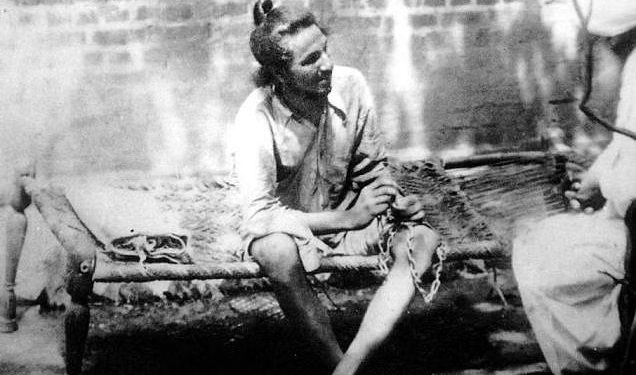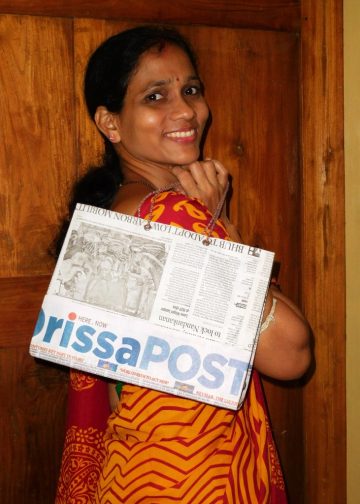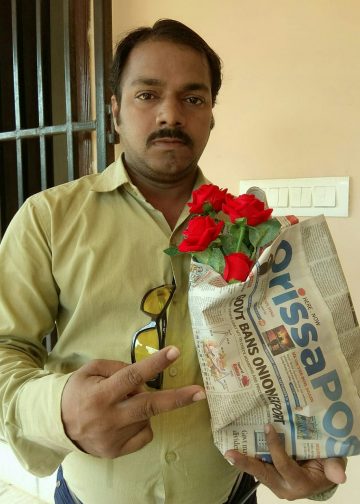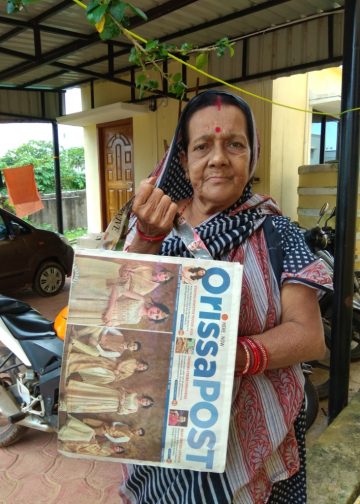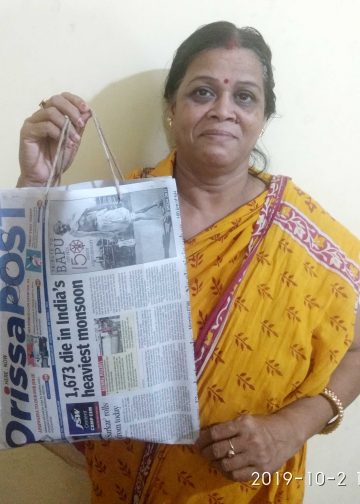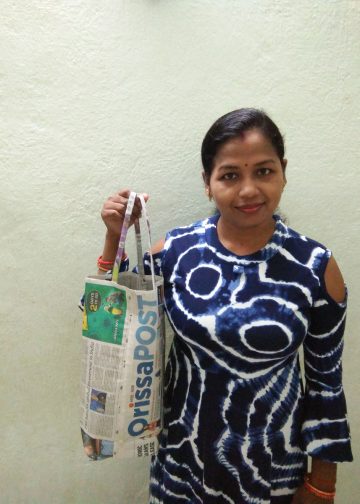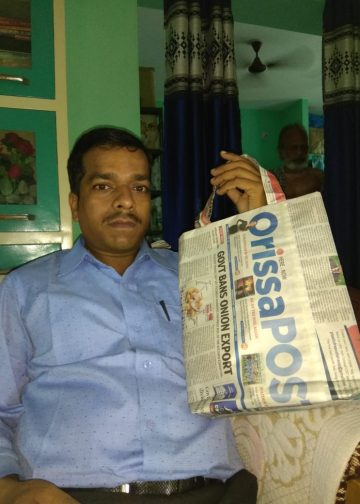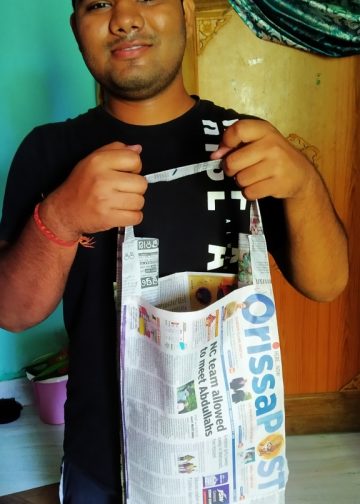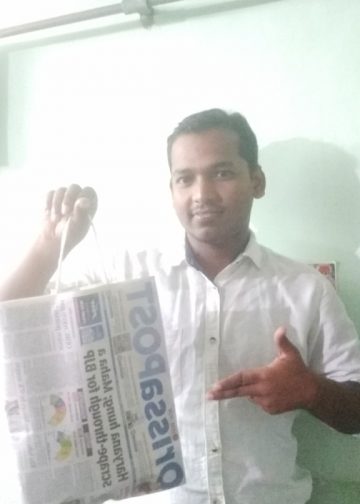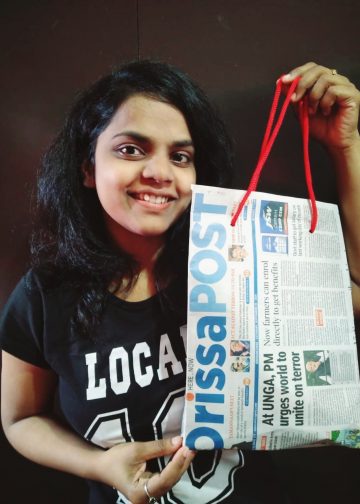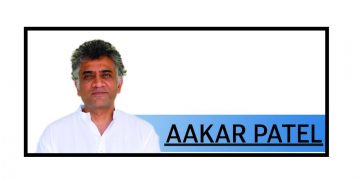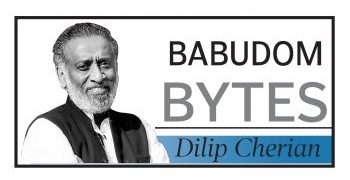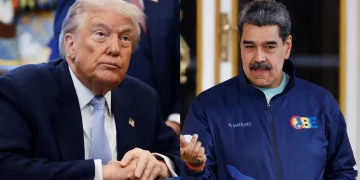The question of moving away from established “mainstream” history has been gaining traction in recent years. A spate of successful best-selling books on overlooked figures like Subhash Bose, Vallabhai Patel, Bhagat Singh, and Savarkar testify to a desire among the masses to explore the alternative revolutionary movement of the Independence movement. Though these historical figures are often popular names, their names and ideas barely feature in established textbooks. Vikram Sampath first joined the chorus of these “new” historians through his well-researched albeit sympathetic biography of Savarkar. In his new book “Bravehearts of Bharat,” he wades into farther uncharted territory. Chronicling the lives of 15 “bravehearts”, Sampath seeks to subvert the perception of mainstream history as a “long litany of failures”.
Indian historiography’s other glaring loophole, Sampath points out in the introduction, is its focus on Delhi. Thus, the Ahoms of Assam, the Karkotas of Kashmir and the Vijayanagara Empire are reduced to being “regional” history while the relatively smaller (and briefer) Delhi Sultanate is treated as “national history”. The absence of women in our collective narrative of valour is sought to be redressed in the book by its inclusion of eight notable women among its fifteen protagonists.
As one reads the narratives in the book, the difficulty in constructing even a brief episode comes to light. For many “bravehearts” included in the book, the written record is scarce. Thus, in many instances, Sampath does not shy away from using oral narratives as a supplement to the written record. There is enough material in this book for the reader to have an “aha” movement, especially if they are ignorant of the figures mentioned. We learn of the navigational genius of the Cholas, the bravery of Rani Naiki Devi against the ferocious Muhammad Ghori, the attempt to reform the birth based social-order by Rudrama Devi, and the courage of Begum Hazrat Mahal during the 1857 rebellion which was later eloquently praised by Savarkar.
What is lacking in the book, however, is a shared narrative. Had Sampath been content to only tell us stories of brave warriors of India, this book might have been just fine. For Sampath, these heroes are not just “bravehearts”, they are civilizational heroes. Ahilya Bai is praised for ushering in a “civilizational renaissance” through the construction of temples. Nevertheless, we never get a clear answer as to the common values or common historical civilization that they defended. How does one decide who is to be included and who is to be excluded? Many of the warriors in the book fought against Mughal emperors. It is safe to assume, then, that the Mughals are not part of the civilization that Sampath is referring to. If the Mughals are excluded on the basis of their foreign origins or religious allegiance, then what makes Begum Hazrat Mahal a “civilizational warrior”? If it’s the values that really matter, then those values and philosophy are never adequately defended or elaborated upon at any length in this book.
For the sake of smooth narrative, historical nuances are often skimmed over in this book. The most glaring instance of this is Sampath’s account of the invasion of Sindh in the first chapter. It’s based largely on the 13th century text “The Chachnama”. This text is not intended to be a historical narrative and as such exaggerates and fabricates many events for literary and romantic value. According to Sampath’s narrative, Muhammad Bin Qasim died after the daughters of Raja Dahir convinced the Caliph that Qasim had “used” them before sending them off to the Caliph’s harem. Enraged, the Caliph orders Qasim to be arrested and sent to Baghdad in a leather box which results in his death from suffocation. The daughters of Dahir confess their lie which results in them being buried alive as “true warriors”. This narrative is taken from The Chachnama and is of dubious authenticity.
According to the 9th century historian Al-Baladhuri, Qasim was killed due to family feud. Sampath is aware of this but never mentions it in the main text, instead referring to it briefly in the notes. According to most historians, it’s the older account of Al-Baladhuri that’s likely to be more authentic. We never get a reason as to why Sampath preferred the romantic version over the more reliable and older version. This is particularly surprising since Sampath’s more rigorous two-volume biography of Savarkar leads one to expect this work to be just as historically rigorous, if not unsympathetic.
Nevertheless, the book still serves as a good introductory work to these figures who are largely unknown outside of their own region.
The author is a writer and a student at Jindal School of International Affairs.


